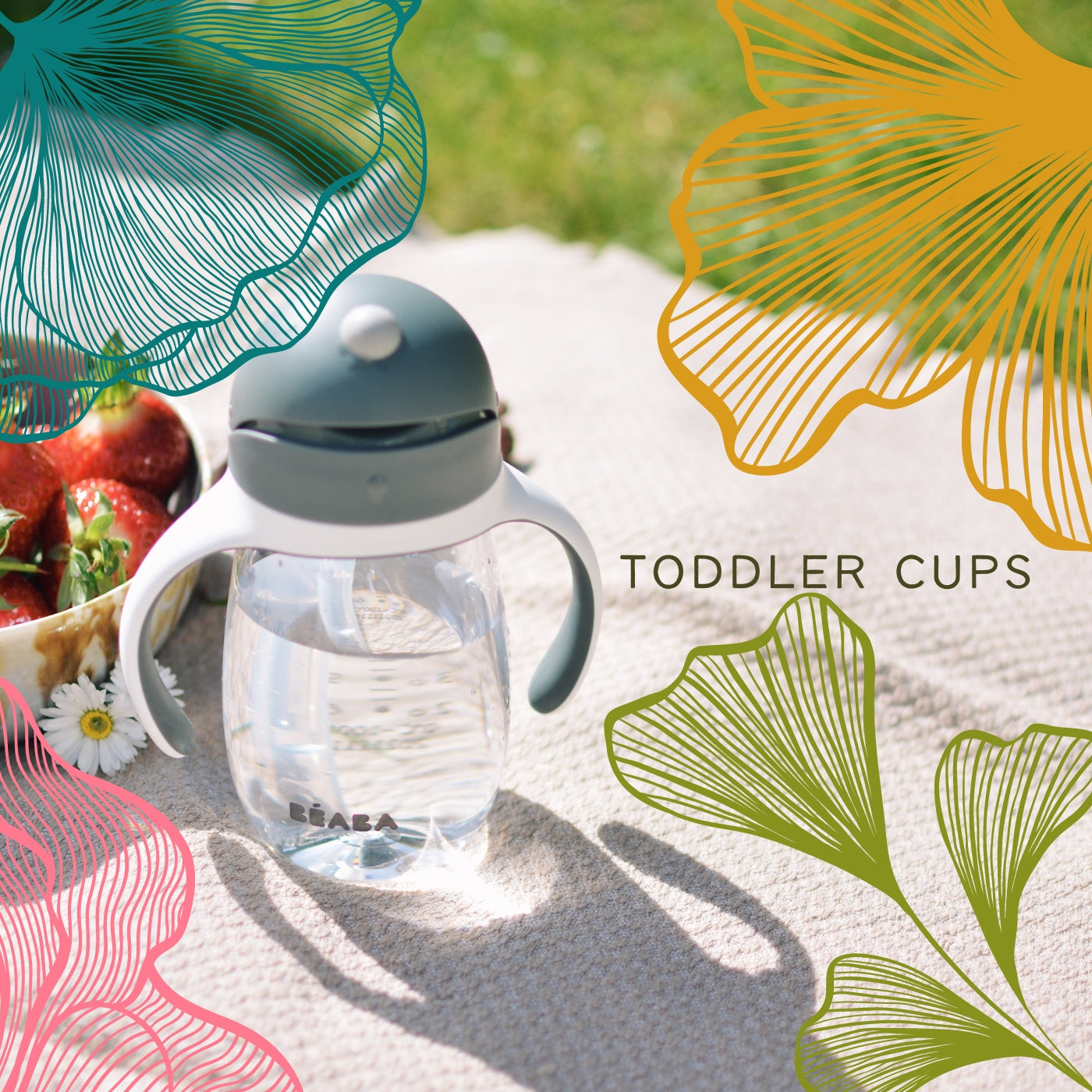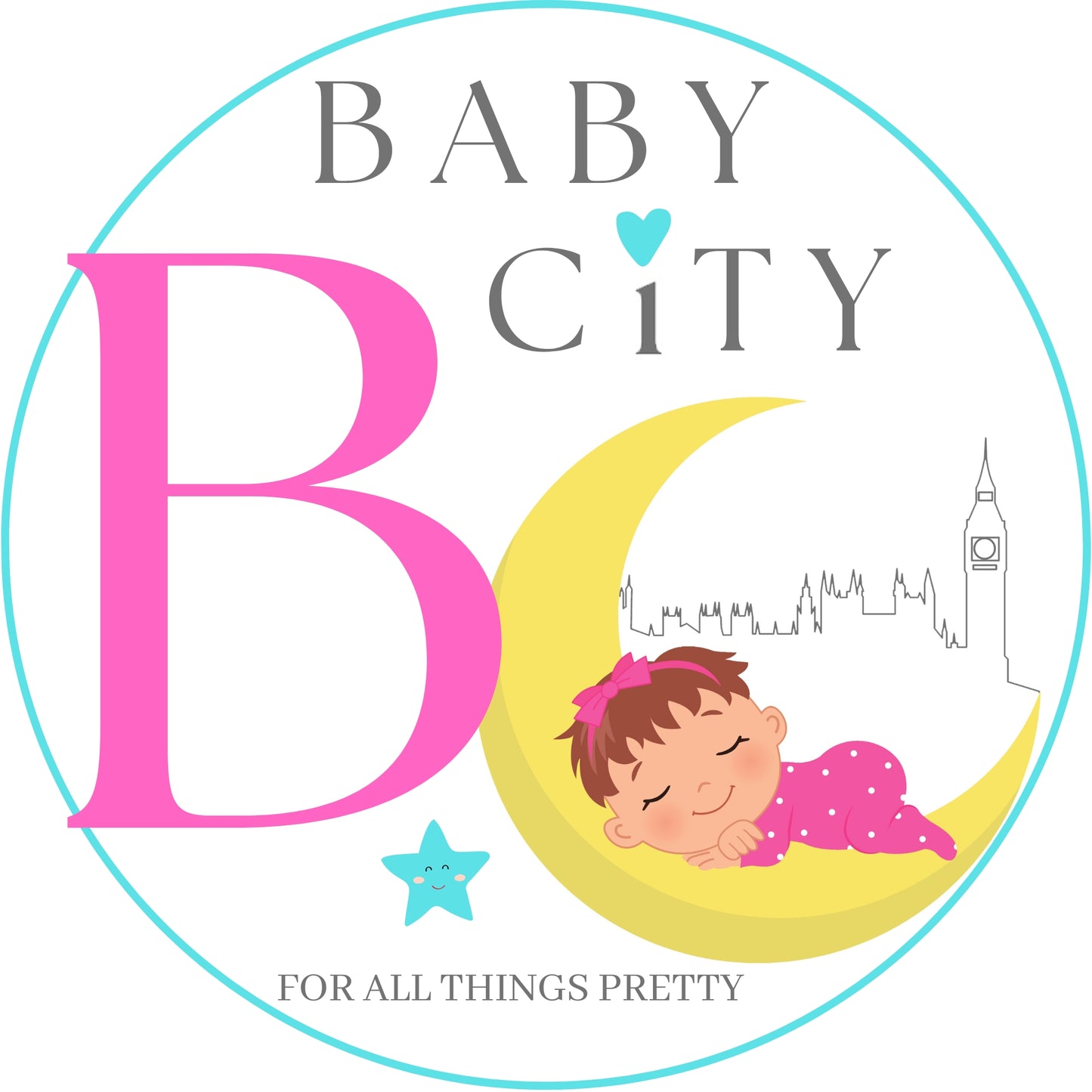
As your child grows up, you might find yourself struggling to choose the best cups for them. With so many options available on the market, it can be difficult to determine which cups are best for your toddler. The right cup can make a significant difference in your child's oral development, and it can also help make mealtime less stressful for both you and your child. In this blog post, we will guide you through the process of choosing the best toddler cups for your child. We will discuss factors like material, size, and design, and we will provide tips on how to transition your child from a bottle to a sippy cup. So, whether you're a first-time parent or a seasoned pro, we've got you covered when it comes to choosing the perfect cups for your little ones.
1. Why choosing the right toddler cup is important
Choosing the right toddler cup is important for various reasons. One of the most important reasons is that it can help in the development of your child's motor skills. As toddlers learn to drink from a cup, they start developing their hand-eye coordination and fine motor skills. It's also important to choose a cup that is the right size for your child's small hands, which can further aid in their development.
Another reason why choosing the right toddler cup is important is that it can prevent spills and messes. It's no secret that toddlers are still learning how to control their movements, and this includes handling a cup. A spill-proof cup can help reduce the chances of a mess, which can save you time and stress.
Choosing the right toddler cup can also help in promoting good oral health. Sippy cups with a spout can interfere with the natural development of your child's teeth, whereas cups with straws can promote proper tongue placement and help prevent tooth decay.
Lastly, choosing the right toddler cup can be cost-effective. Investing in a durable and long-lasting cup can save you money in the long run, as you won't need to keep replacing broken or worn-out cups. All in all, choosing the right toddler cup is important for your child's development, oral health, and your wallet.
2. Factors to consider when choosing a toddler cup
When it comes to choosing the best toddler cup for your child, there are a few key factors to consider. First and foremost, you'll want to think about the material the cup is made from. While plastic cups are often the most affordable and lightweight option, they may not be the safest choice for your child's health. Some plastic cups may contain harmful chemicals like BPA, which has been linked to developmental issues in children. As such, it's important to look for cups made from safer materials like stainless steel or silicone.
Another important factor to consider is the cup's design. Toddler cups with handles can be easier for little hands to grasp and hold onto, while cups with spouts or straws can help your child transition from a bottle to a cup. However, it's important to note that some experts recommend skipping sippy cups altogether and going straight to a regular cup with open top to promote better oral development.
Lastly, you'll want to think about the cup's size and capacity. For younger toddlers, a smaller cup with a lower capacity may be more appropriate, while older toddlers may need a larger cup to stay hydrated throughout the day. Additionally, cups with spill-proof lids can help prevent messes and spills, especially during meals or on-the-go. By taking these factors into account, you can choose a toddler cup that is both safe and functional for your child's needs.
3. Types of toddler cups available
When it comes to choosing the best toddler cups for your child, it's important to consider the different types available. There are quite a few options, each with their own unique features and benefits.
The first type of toddler cup is the sippy cup. This is a popular choice for parents as it allows for easy sipping without the risk of spills or messes. Sippy cups typically have a spout or straw that is easy for little ones to use, and they often come with handles for easy gripping. These cups are great for transitioning from bottles or breastfeeding to cups, and they come in a variety of materials, including plastic, silicone, and stainless steel.
Another option is the straw cup. These cups are similar to sippy cups, but they have a straw instead of a spout. Straw cups can help promote proper oral development and are often easier for toddlers to use than traditional sippy cups. They also come in a variety of materials and designs, making it easy to find one that your child will love.
If you're looking for a cup that's similar to a traditional cup, you may want to consider a training cup. These cups are designed to help toddlers learn how to drink from a regular cup without making a mess. They often have a wider base and a weighted bottom to prevent tipping, and they may come with a removable lid for added convenience.
No matter which type of toddler cup you choose, it's important to consider factors such as material, size, and ease of use. By taking the time to choose the right cup for your child, you can help promote healthy drinking habits and make the transition from bottles or breastfeeding to cups as smooth as possible.
4. Pros and cons of each type of toddler cup
When it comes to choosing the best toddler cup for your child, it's important to consider the pros and cons of each type.
Let's start with sippy cups. Sippy cups are a popular choice for parents transitioning their child from a bottle or breast to a cup. The spout on a sippy cup is designed to prevent spills and provide an easy-to-use drinking experience for toddlers. However, some parents find that sippy cups can be difficult to clean, and the spout can be a breeding ground for bacteria if not cleaned properly.
Next up, straw cups. Straw cups are a great option for toddlers who are able to drink from a straw. They are easy to use and can be less messy than sippy cups. They are also easy to clean, with most straw cups being dishwasher safe. However, some parents find that straw cups can be difficult for toddlers to drink from, and they may not be the best choice for younger toddlers who are still developing their fine motor skills.
Finally, we have open cups. Open cups are the most similar to drinking from a regular cup, and they can help toddlers learn how to drink from a cup like a big kid. They are also easy to clean and don't have any hard-to-reach areas that can harbor bacteria. However, open cups can be messy and may not be the best choice for younger toddlers who are still learning how to drink without spilling.
In summary, each type of toddler cup has its own set of pros and cons. When choosing the best toddler cup for your child, consider their age, developmental stage, and personal preferences to find the cup that will work best for them.
5. Materials used in toddler cups
When it comes to selecting a toddler cup, the materials used to make the cup are essential to consider. The ideal material for a cup should be durable, non-toxic, and easy to clean.
One popular material for toddler cups is plastic. Plastic cups are lightweight and durable, making them ideal for toddlers who are prone to dropping things. However, it's important to ensure that the plastic used is BPA-free and food-grade quality, as some plastics can contain harmful chemicals that may leach into your child's drink.
Another option is stainless steel cups, which are durable and also free from harmful chemicals. They are also easy to clean and keep drinks cold for longer, making them perfect for warm weather. However, they can be heavy and may not be the best option for toddlers who are just learning to use a cup.
Glass cups are another alternative, but they are not the best choice for young toddlers who are still developing their motor skills. Glass cups can be fragile and pose a risk of breaking if dropped, which can be dangerous for children.
Ultimately, the material you choose for your toddler's cup will depend on your child's needs and preferences, as well as your own personal preferences. It's important to choose a cup that is safe, easy to clean, and durable enough to withstand the wear and tear of daily use.
6. Safety considerations when choosing a toddler cup
When it comes to toddler cups, safety should be your top priority. You want to make sure that the cup you choose is free of any harmful materials, such as BPA or phthalates. These chemicals can be harmful to your child's health and development, so it's important to choose cups that are labeled as BPA-free and phthalate-free.
Another safety consideration is the cup's design. Look for cups that have handles that are easy for your child to grip, as this will reduce the risk of drops and spills. Additionally, cups with spill-proof lids can help prevent accidents and messes. Just make sure to choose a spill-proof cup that still allows your child to sip easily, as some designs can be difficult to drink from.
Finally, consider the cup's durability. Toddlers are notorious for throwing and dropping things, so you want to choose a cup that can withstand some wear and tear. Cups made from sturdy materials like stainless steel or durable plastic will be able to handle some rough handling. Remember to always supervise your child while using a cup and discard any cups that become cracked or damaged. By following these safety considerations, you can choose a toddler cup that is both safe and functional for your child.
7. Features to look for in a toddler cup
When choosing the best toddler cup for your child, you want to look for certain features that will make the transition from bottle or breast to cup as smooth as possible. First, you want to consider the material of the cup. Look for cups made of BPA-free plastic or stainless steel to ensure your child's safety. Next, consider the design of the cup. Look for cups with easy-to-grip handles and spill-proof lids that are easy for your child to use and will prevent messes. It's also important to choose cups that are easy to clean and dishwasher safe. Another feature to consider is the size and capacity of the cup. Choose a cup that holds enough liquid for your child's needs and is not too heavy or bulky for them to hold. Lastly, consider the age range for the cup. Some cups are designed for younger toddlers while others are suitable for older children. By considering these features, you can choose the best toddler cup for your child and ensure they have a positive experience transitioning to a cup.
8. How to introduce a toddler cup to your child
Introducing a toddler cup to your child can be a bit of a challenge, especially if they are used to drinking from a bottle or a sippy cup. But with a little bit of patience, you can make the transition as smooth as possible.
First, start by choosing a cup with a soft spout that is easy for your child to drink from. Show it to your child and let them play with it, explore it and get used to the feel of it. Demonstrate how to drink from it and give them plenty of time to practice.
Next, start by offering water in the cup during meal times or throughout the day. You can also try adding a little bit of their favorite drink to the water to make it more appealing. Gradually increase the amount of time your child uses the cup over the course of a few days or weeks until they are comfortable drinking from it all the time.
It's important to remember that every child is different and may take longer to adjust to a new cup. Be patient and keep offering the cup, even if your child initially refuses it. Eventually, they will get used to it and will be able to drink from it with ease.
Lastly, make sure to praise your child for their efforts and progress. Positive reinforcement will help them feel proud and accomplished and will encourage them to continue using the toddler cup.
9. Tips for transitioning from a bottle to a toddler cup
Transitioning from a bottle to a toddler cup can be a challenging experience for both parents and toddlers. Here are some tips to make the transition easier:
1. Introduce the cup gradually: Start by offering the cup during meal times and offer small sips of water or milk. Don't force your child to drink from the cup if they resist.
2. Make it fun: Choose a cup with their favorite character or color. Let them pick out their own cup at the store or decorate it with stickers.
3. Use a straw cup: Straw cups are a great option for toddlers because they are easy to use and mimic the sucking motion of a bottle.
4. Offer praise and encouragement: When your child successfully drinks from the cup, offer lots of praise and positive reinforcement.
5. Be patient: Remember that every child is different and may take longer to transition from a bottle to a cup. Don't get discouraged if it takes some time.
By following these tips, you can help make the transition from a bottle to a toddler cup a positive and successful experience for both you and your child.
10. Conclusion and recommendations for the best toddler cups on the market
In conclusion, choosing the best toddler cup for your child can be overwhelming, but it doesn't have to be. By considering the material, size, spout type, and ease of cleaning, you can narrow down your options and find the perfect cup for your little one.
After researching and reviewing various toddler cups on the market, we've narrowed down our top recommendations. First on our list is the Munchkin Miracle 360 Trainer Cup, which features a spill-proof design and easy-to-clean components. Next is the Philips Avent My Bendy Straw Cup, which is great for transitioning from a bottle to a straw cup and has a fun design that toddlers love. Finally, the Nuby No-Spill Cup with Dual-Flo Valve is a great option for parents who want to avoid spills and leaks.
Ultimately, the best toddler cup for your child will depend on their individual needs and preferences. By keeping in mind the factors we've discussed and trying out a few different cups, you can find the perfect cup to make drinking on their own an exciting and enjoyable experience for your little one.

